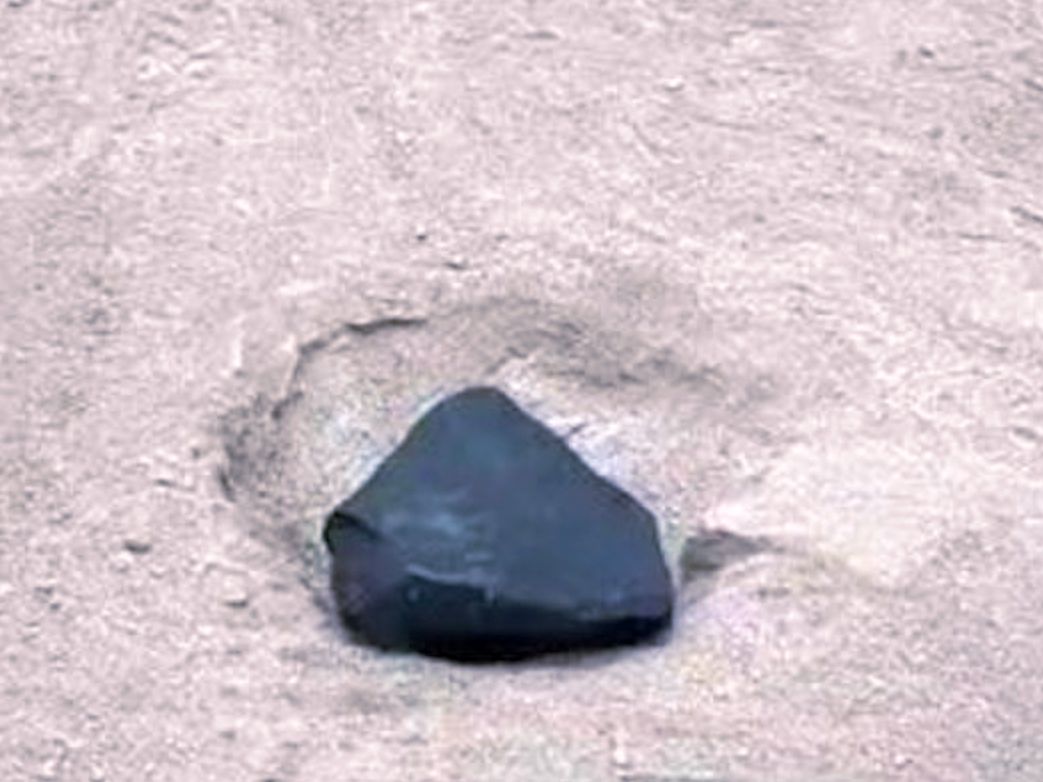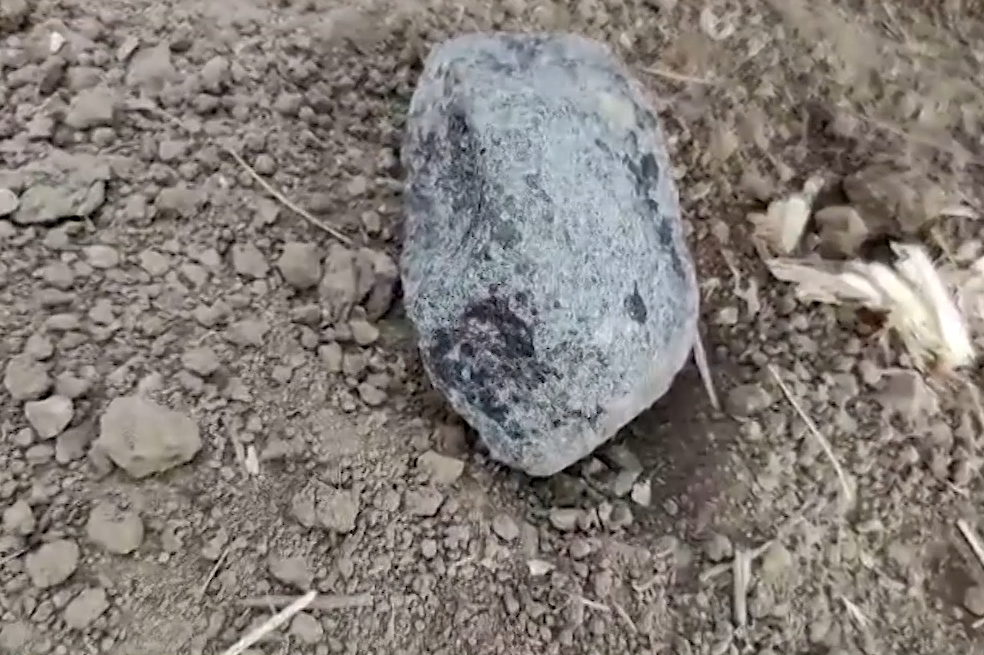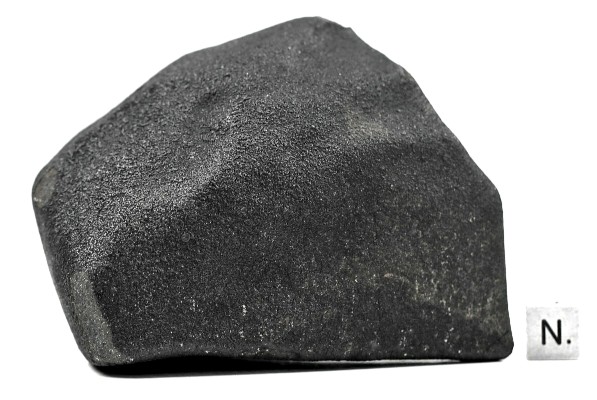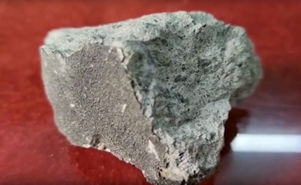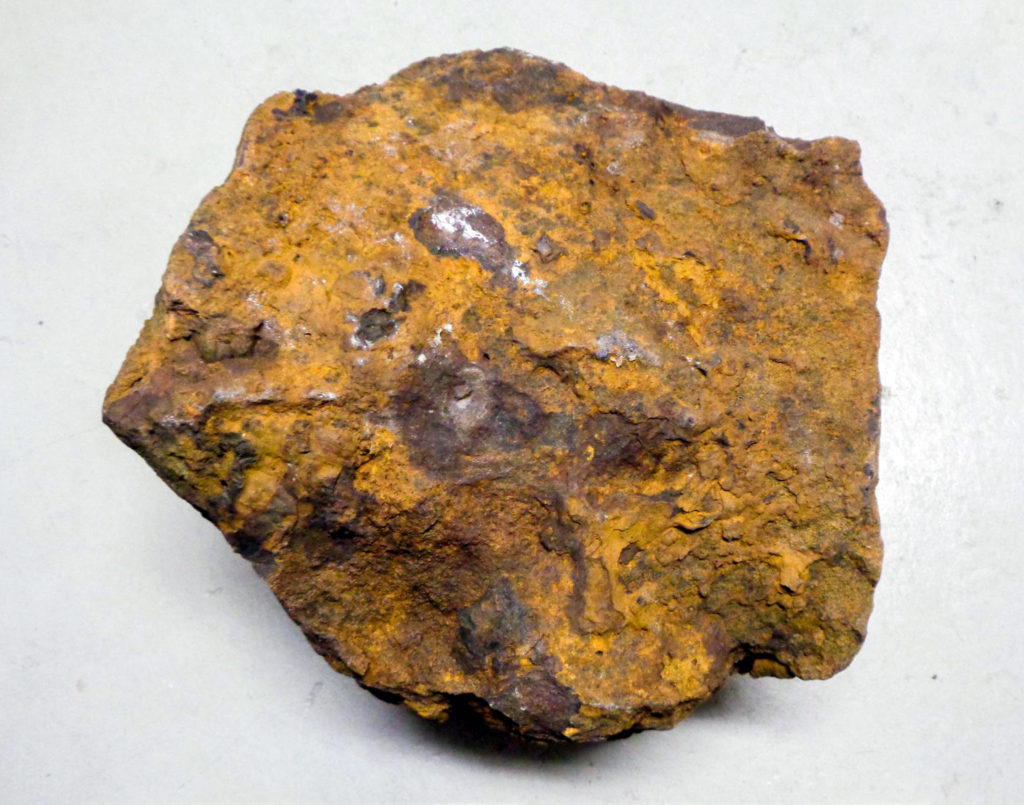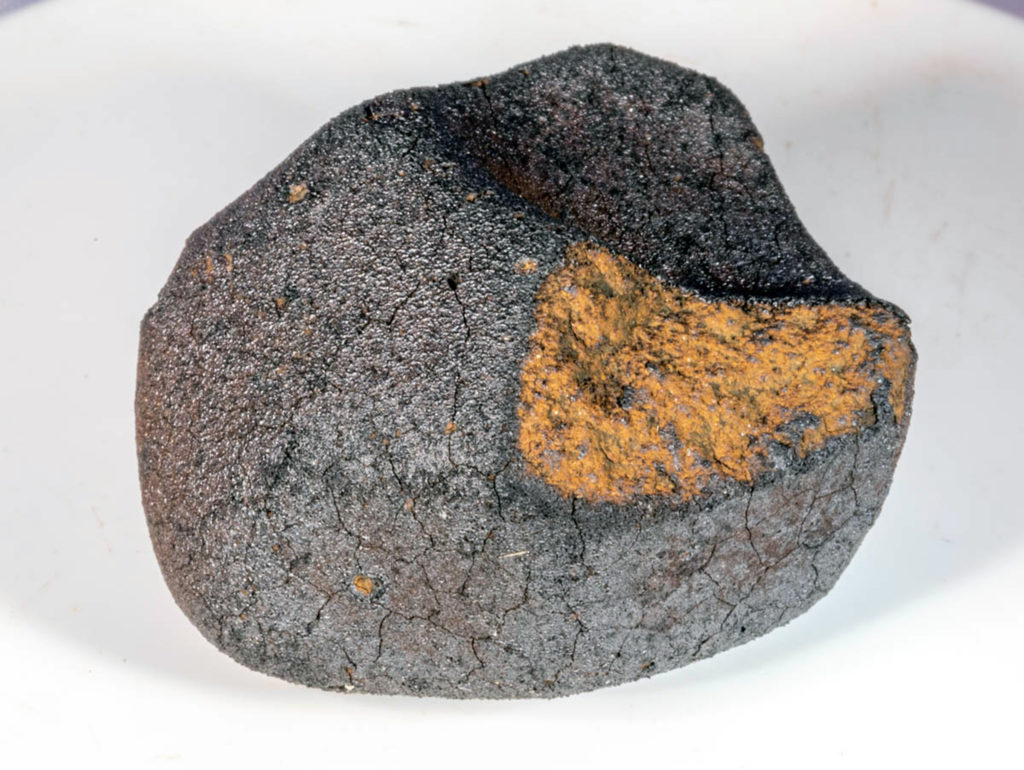Using carbon isotopes to trace the origin of volatiles on Earth and Mars
Damanveer S. Grewal, Sujoy Mukhopadhay Geochimica et Cosmochimica ActaAvailable online 12 September 2025 LINK “The distinct accretionary histories of Earth and Mars – with Earth experiencing protracted growth and small contributions from outer solar system…
Origin of moderately volatile elements in Earth inferred from mass-dependent Ge isotope variations among chondritesOPEN ACCESS
Elias Wölfer, Christoph Burkhardt, Francis Nimmo, Thorsten Kleine Accepted for publication in Earth and Planetary Science Letters PDF (OPEN ACCESS) “The bulk silicate Earth (BSE) is depleted in moderately volatile elements, indicating Earth formed from…
Differentiated planetesimals record differing sources of sulfur in inner and outer solar system materials
Elizabeth A. Heiny, Edward M. Stolper, and John M. Eiler PNAS, May 2, 2025, 122 (18) e2418198122 LINK “The isotope anomalies of noncarbonaceous (NC) and carbonaceous (CC) extraterrestrial materials provide a framework for tracing the…
Implications of Differentiated Late Accretion for the Volatile Inventory of the Bulk Silicate EarthOPEN ACCESS
Damanveer S. Grewal and Varun Manilal The Planetary Science Journal, Volume 6, Number 1 LINK (OPEN ACCESS)PDF (OPEN ACCESS) “Earth is believed to have acquired its highly siderophile element (HSE) inventory through the late accretion…
Oxygen isotope identity of the Earth and Moon with implications for the formation of the Moon and source of volatilesOPEN ACCESS
Meike Fischer, Stefan T. M. Peters, Daniel Herwartz, Paul Hartogh, Tommaso Di Rocco, and Andreas Pack PNASDecember 16, 2024121 (52) e2321070121 LINK (OPEN ACCESS)PDF (OPEN ACCESS) “The Moon formed 4.5 Ga ago through a collision…
Tracing the origin of volatiles on Earth using nitrogen isotope ratios in iron meteorites
Damanveer S. Grewal, Surjyendu Bhattacharjee, Gabriel-Darius Mardaru, Paul D. Asimow Geochimica et Cosmochimica ActaIn Press, Journal Pre-proof, Available online 15 November 2024 LINK “Understanding the relationships between the nitrogen (N) isotope ratios of early solar…
Condensation and the Volatility Trend of the EarthOPEN ACCESS
Katharina Lodders, Bruce Fegley, Klaus Mezger, Denton Ebel Update (17 June 2025): Space Science Reviews, Volume 221, article number 54, Published: 17 June 2025 LINK (OPEN ACCESS)PDF (OPEN ACCESS) Preprint submitted to Space Science Reviews,…
The non-carbonaceous nature of Earth’s late-stage accretionOPEN ACCESS
K.R. Bermingham, H.A. Tornabene, R.J. Walker, L.V. Godfrey, B.S. Meyer, P. Piccoli, S.J. Mojzsis Geochimica et Cosmochimica ActaIn Press, Journal Pre-proof, Available online 5 November 2024 LINK + PDF (OPEN ACCESS) “Constraining the origin of…
Different arrival times of CM and CI-like bodies from the outer Solar System in the asteroid beltOPEN ACCESS
Sarah Anderson, Pierre Vernazza, Miroslav Brož Nature PREPRINT under review, Version 1, posted 28 May, 2024 LINK (OPEN ACCESS)PDF (OPEN ACCESS) Update (31 July 2025): PDF 2 (OPEN ACCESS) Update (8 September 2025): Nature Astronomy,…
Identification of Earth’s late accretion by large impactors through mass independent Cr isotopes
Yogita Kadlag, Aryavart Anand, Mario Fischer-Gödde, Klaus Mezger , Kristoffer Szilas , Steven Goderis, Ingo Leya IcarusAvailable online 31 May 2024, 116143 LINK “Highlights “The late addition of extra-terrestrial material may represent an important source…
The Earth atmosphere-like bulk nitrogen isotope composition obtained by stepwise combustion analyses of Ryugu return samplesOPEN ACCESS
Ko Hashizume, Akizumi Ishida, Ayano Chiba, Ryuji Okazaki, Kasumi Yogata, Toru Yada, Fumio Kitajima, Hisayoshi Yurimoto, Tomoki Nakamura, Takaaki Noguchi, Hikaru Yabuta, Hiroshi Naraoka, Yoshinori Takano, Kanako Sakamoto, Shogo Tachibana, Masahiro Nishimura, Aiko Nakato, Akiko…
I/Pu reveals Earth mainly accreted from volatile-poor differentiated planetesimalsOPEN ACCESS
Weiyi Liu, Yigang Zhang, François. L. H. Tissot, Guillaume Avice, Zhilin Ye, and Qing-Zhu Yin Science Advances5 Jul 2023Vol 9, Issue 27 LINK (OPEN ACCESS)PDF (OPEN ACCESS) “The observation that mid-ocean ridge basalts had ~3×…
Degassing of early-formed planetesimals restricted water delivery to Earth
M. E. Newcombe, S. G. Nielsen, L. D. Peterson, J. Wang, C. M. O’D. Alexander, A. R. Sarafian, K. Shimizu, L. R. Nittler & A. J. Irving NaturePublished: 15 March 2023 LINK “The timing of…
Nucleosynthetic isotope anomalies of zinc in meteorites constrain the origin of Earth’s volatiles
Rayssa Martins, Sven Kuthning, Barry J. Coles, Katharina Kreissig, and Mark Rehkämper Science26 Jan 2023Vol 379, Issue 6630pp. 369-372 LINK “Material inherited from different nucleosynthesis sources imparts distinct isotopic signatures to meteorites and terrestrial planets….
Contribution of Ryugu-like material to Earth’s volatile inventory by Cu and Zn isotopic analysis
Marine Paquet, Frederic Moynier, Tetsuya Yokoyama, Wei Dai, Yan Hu, Yoshinari Abe, Jérôme Aléon, Conel M. O’D. Alexander, Sachiko Amari, Yuri Amelin, Ken-ichi Bajo, Martin Bizzarro, Audrey Bouvier, Richard W. Carlson, Marc Chaussidon, Byeon-Gak Choi,…
Nitrogen isotope evidence for Earth’s heterogeneous accretion of volatilesOPEN ACCESS
Lanlan Shi, Wenhua Lu, Takanori Kagoshima, Yuji Sano, Zenghao Gao, Zhixue Du, Yun Liu, Yingwei Fei & Yuan Li Nature Communications, Volume 13, Article number: 4769 LINK (OPEN ACCESS)PDF (OPEN ACCESS) “The origin of major…
Nucleosynthetic zinc isotope anomalies reveal a dual origin of terrestrial volatilesOPEN ACCESS
Theodor Steller, Christoph Burkhardt, Chun Yang, Thorsten Kleine IcarusAvailable online 1 July 202 “Highlights • Nucleosynthetic isotope anomalies for volatile element zinc.• Same nucleosynthetic NC-CC dichotomy as for non-volatile elements.• Terrestrial zinc mixture of ~70%…
Meteoritic noble gas constraints on the origin of terrestrial volatilesOPEN ACCESS
Bernard Marty ICARUSIn Press, Journal Pre-proof, Available online 3 April 2022 LINK (OPEN ACCESS) PDF (OPEN ACCESS) “Highlights • The composition of noble gases in primitive meteorites have the potential to yield stringent constraints on…
Deep-mantle krypton reveals Earth’s early accretion of carbonaceous matter
Sandrine Péron, Sujoy Mukhopadhyay, Mark D. Kurz & David W. Graham Nature, Volume 600, pages 462–467 (2021)Published: 15 December 2021 LINK “Establishing when, and from where, carbon, nitrogen and water were delivered to Earth is…
Numerous chondritic impactors and oxidized magma ocean set Earth’s volatile depletionOPEN ACCESS
Haruka Sakuraba, Hiroyuki Kurokawa, Hidenori Genda & Kenji Ohta Scientific Reports, Volume 11, Article number: 20894 (2021) LINK (OPEN ACCESS)PDF (OPEN ACCESS) “Earth’s surface environment is largely influenced by its budget of major volatile elements:…
Selenium isotopes as tracers of a late volatile contribution to Earth from the outer Solar System
María Isabel Varas-Reus, Stephan König, Aierken Yierpan, Jean-Pierre Lorand & Ronny Schoenberg Nature Geoscience, 1–4, Published: 12 August 2019 LINK “The origin of Earth’s volatiles has been attributed to a late addition of meteoritic material…
Earth’s volatile element depletion pattern inherited from a carbonaceous chondrite-like source
Ninja Braukmüller, Frank Wombacher, Claudia Funk & Carsten Münker Nature Geoscience, 1–5 LINK Supplementary information (PDF) “Earth’s volatile element abundances (for example, sulfur, zinc, indium and lead) provide constraints on fundamental processes, such as planetary…
Ruthenium isotopic evidence for an inner Solar System origin of the late veneer
Mario Fischer-Gödde & Thorsten Kleine Nature 541, 525–527 doi:10.1038/nature 21045 Published online: 25 January 2017 LINK “The excess of highly siderophile elements in the Earth’s mantle is thought to reflect the addition of primitive meteoritic…
Lead isotope evidence for a young formation age of the Earth–Moon systemOPEN ACCESS
J.N. Connelly, M. Bizzarro Earth and Planetary Science Letters, Volume 452, 15 October 2016, Pages 36-43 LINK (OPEN ACCESS) “Highlights • We use Pb isotopes to constrain the timing of the Moon-forming giant impact. •…

